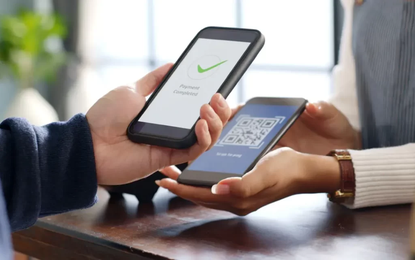

New banking users prefer smartphone access to finance, instant payments, and alternative and digital credit.
Technology and the widespread use of smartphones have transformed people’s relationship with banking. Now, speed, technology, and personalization are setting the tone for users’ interaction with their finances.
Constant innovation has created new experiences, leading consumers to demand a more efficient response from banks. As a result, the use of cash is becoming irrelevant, peer-to-peer transfers are becoming more commonplace, and branch visits have become a chore that many would prefer to avoid.
Therefore, traditional banking must identify these new habits and meet users’ needs.
Access to technology is especially tied to use of smartphones. In fact, it’s estimated that by 2025, 80% of mobile customers in Latin America will have a smartphone, according to a study by GSMA Intelligence.
This growing trend is allowing more and more people to open digital accounts with banks or fintechs without leaving their homes. In the first half of 2021, penetration of digital banking and wallets in the main markets of the region exceeded 50% of the banked population and 33% of the total population, according to a study of payment trends by Americas Market Intelligence (AMI).
The report also says that users prefer instant payments via mobile apps, and that credit is the new consumer enabler, particularly through new card-free methods such as buy now, pay later (BNPL).
New banking habits demand speed and personalization,especially for millennials and Gen Zs. As a result, there’s an urgent need to bolster the handling and analysis of data so that financial institutions can obtain user loyalty.
Consumers prefer a 100% digital experience. Artificial Intelligence (AI) can help achieve that by offering personalized products and thereby be able to anticipate users’ needs. What could be faster than effectively predicting what the customer needs?
Each customer interaction provides insights that can be used in the automation of processes to open a savings account or apply for a loan in just a few minutes. Speed and predictability will give added value when meeting users’ needs.
This is why investment in technology continues to grow. Worldwide revenue from process automation software will reach US$1.89 billion this year, a 19.5% increase from 2020, according to a study by market research firm Gartner.
Retail cash usage declined by more than 20% between 2020 and the first half of 2021 in Brazil, Mexico, Colombia, Chile and Peru, according to AMI data.
The numbers reveal the growing array of payment alternatives. For example, almost 70% of retail payments in Brazil were made via digital channels.
Although the use of electronic payments is uneven in the region, and cash is still the preferred mode for consumers, this growth suggests that cards and digital wallets will play a central role in the short term, as long as the technological support is available.
Digital wallets have streamlined peer-to-peer transactions and are very popular among users, especially young people. Therefore, banks and fintechs see wallets as an opportunity to offer more services to their customers and eventually turn this product into a super app.
E-commerce is also part of these new banking habits. Shopping on platforms and home delivery offer a highly valued convenience. Users expect an invisible payment when making a purchase via mobile phone.
E-commerce in the region grew 18% in 2020 to reach US$209 billion. This year’s growth is expected to be 31%, according to AMI’s projection.
Also, the trend is moving towards acquiring credit through an experience that’s 100% digital and via innovative methods such as BNPL, particularly as means of payment in e-commerce.
This is a gateway for traditional banks to forge alliances with other players and offer digital lending, develop their own novel business models and even open up opportunities to expand their market share through integrated finance.
Take buying vehicle insurance online, for example. The user needs the financing option for payments to be available on the same platform in order to meet their expectations for a positive experience.
All in all, products and services must adapt to the customer’s habits, not the other way around. To that end, banks must continue to incorporate agile technologies into their operations and stay one step ahead of the increasing demands of the consumer.
Join our online community and stay up to date with the latest news from the world of technology.